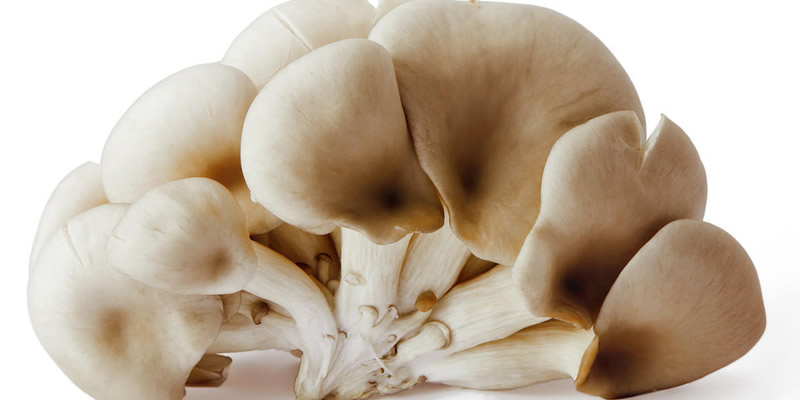Introduction to the advantages and disadvantages of oyster mushroom spawns

The quality of oyster mushroom strain is the key to the yield. A good mushroom strain has strong mycelium and disease resistance, and can widely adapt to a variety of alternative cultivation materials, with early emergence, good mushroom shape and high yield. When purchasing the strain, you should not only choose the variety with fast mycelium growth, strong resistance, early mushroom production, high yield and strong fragrance, but also understand the requirements of the strain on temperature, nutrition, oxygen, humidity, acidity and alkalinity as a reference for cultivation management. In addition, different varieties with different temperature types should be used in different cultivation seasons. If the temperature type of the variety does not match with the cultivation season, it will seriously affect the yield and quality of the oyster mushroom, and even lead to the extinction of the harvest. The characteristics of the superior and inferior strains of oyster mushroom are introduced as follows.
1. Characteristics of high quality strains
(1) From the appearance, all mycelium in the bag is cotton wool white, thick and dense, evenly distributed, without miscellaneous colored mycelium, with neat front end and fan-shaped development.
(2) Mycelium decomposed cotton seed shell culture material becomes yellowish brown, wood chip culture material becomes white to light yellow, eat material to the end, with rotten wood fragrance.
(3) The strain has the special aromatic smell of oyster mushroom, elastic when pressing the culture medium by hand; not fragile when breaking the strain. A small amount of mulberry-like buds are just formed, and the mushroom age is 25-40 days, which is a good strain.
2. Characteristics of poor quality strain
(1) Mycelium growth is slow and weak, uneven, not spreading downward, or mycelium grows all over the bag, but the upper part of the bag mycelium recede, only brown culture material left.
(2) Mycelium yellowing, surface produce a layer of mycelium film (mycorrhizal), slow growth, indicating that the strain has been degraded.
(3) Mycelium full bag, sparse or unevenly developed in bundles, the upper part of the thick thread-like mycelial cord.
(4) Brown liquid appears in the bag, this is the performance of aging, although sometimes can produce mushrooms, but the yield is very low and not easy to manage. Any miscellaneous color spots, dark white, yellowish round or irregular shaped granules, or different mycelium inhibition lines appear within the strain, are infected with miscellaneous bacteria, all should be discarded immediately.

(1)(1).jpg)
 CONTACT
CONTACT